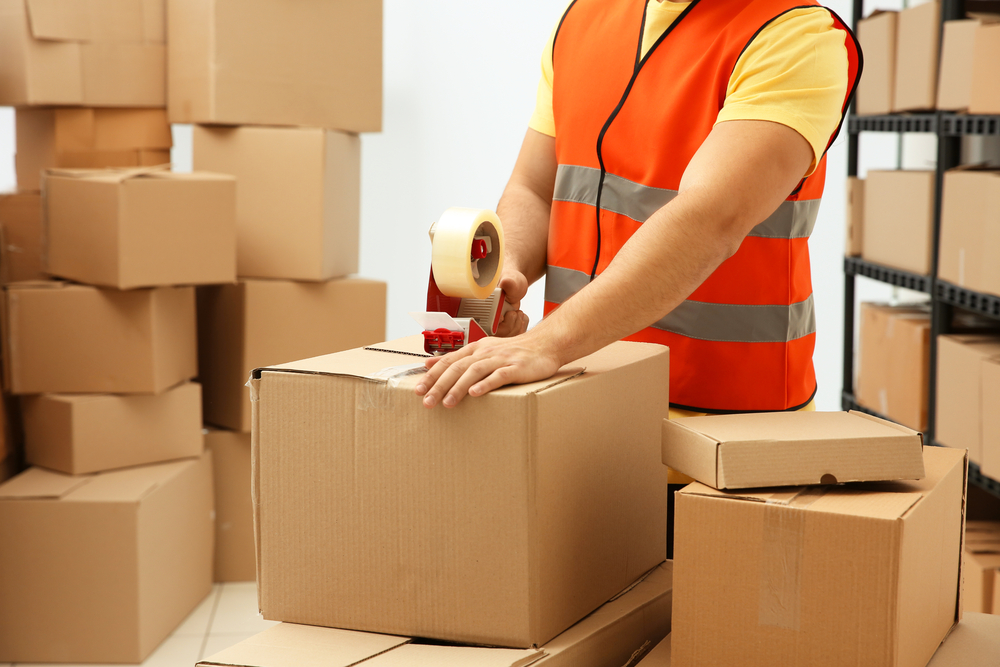Packing Like a Pro

Distribute packing supplies throughout the house. Save yourself from endless walking back and forth by placing an ample supply of boxes, tape, pens, labels, and other packing materials in each major area that needs to be packed.
Use standardized box sizes. Eliminate the need to call your friend with a math degree to figure out the most efficient way to jigsaw all your boxes into the moving truck. Choose one or two box sizes at most to dramatically simplify your load-in process.
Box or package all loose items. If it’s not a piece of furniture, box or bundles it. You don’t want to get stuck making dozens of trips carrying odds and ends when loading and unloading your truck.
Pack heavy items in small boxes. You may be tempted to cram 500 pounds of books into your dresser drawers (then attempt to move the dresser with the drawers in place), but trust us when we tell you that this is a recipe for disaster.
Pack plates on their sides, like records. This greatly reduces the stress on each individual plate, and thus decreases the chance of breakage.
Use special inserts for packing glassware. Cardboard grids can help protect mugs and glasses.
Photograph the contents of each box. Then print the photos and tape them to each box’s exterior. This is a particularly good strategy for boxes that may end up in storage, or not getting unpacked for a while.
Label all sides of each box. Skip labeling the top of each box, as you won’t be able to see this labeling when boxes are stacked together. Instead, label all box sides so that you can easily see where they belong, no matter how they’re stacked.
Place furniture hardware in sandwich bags. Then label each bag and tape it to the appropriate piece of furniture.
